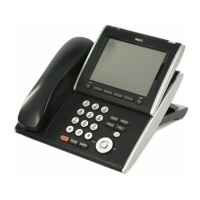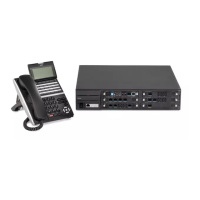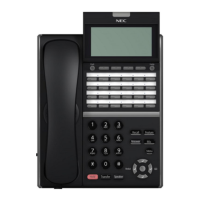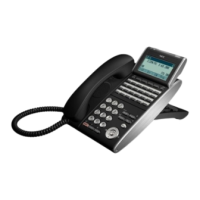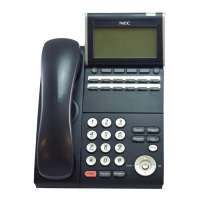Issue 2.0
SV9100 Networking Manual 5-17
To enable this type of queuing it is necessary to:
a Configure the VoIP equipment to mark its packets with a specific value so that the
switches/routers can identify that it is voice – Called Marking.
b Configure the network equipment to recognize the difference between the
different Marked packets – Called Classification. (i.e., informs the router what a
voice packet looks like.
c Configure the network equipment to give priority to the packets that have been
classified as voice – Called Priority Queuing.
7.2 Layer 2 QoS (802.1pq)
QoS is most commonly implemented at Layer 3 of the OSI model. This layer deals
with IP addresses, and is usually handled by Routers. However, sometimes it is
necessary to implement Layer 2 QoS – usually in large LAN environments with
many IP phones.
Layer 2 devices work with Ethernet frames (encapsulated IP packets) rather than
IP addresses. These devices are usually Switched Hubs (Switches). As the IP
header information is encapsulated, the Switched Hubs cannot reference the
Type of Service (Layer 3 QoS
) field in the IP header to determine the priority of a
frame.
Layer 2 QoS uses the Priority field of the Ethernet frame. This field has three bits
and can have eight possible values (000 to 111 in binary). Some switches can be
configured to prioritize traffic based on these values. This field is available only if
the Ethernet device is configured for VLAN (IEEE 802.1q) operation (VLAN is
outside the scope of this document).
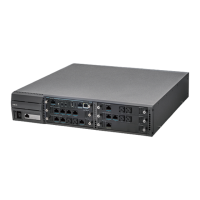
